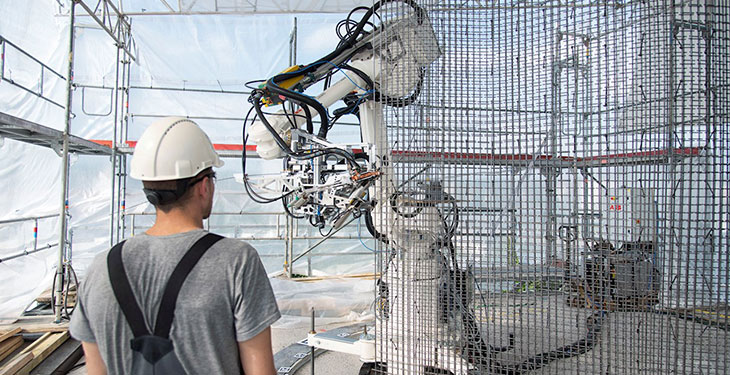ABB is looking to tap into a skilled labour shortage in the fast-growing construction sector to help drive the post-pandemic recovery of its robotics business and diversification from the automotive industry, the head of the division said, according to Reuters.
The Swiss engineering group’s robotics business has been hit by the downturn in recent years in the auto sector, traditionally its biggest customer, as carmakers suffered falling sales and it quit low-margin businesses.
Construction offers new opportunities, especially with massive infrastructure programmes planned to revive the global economy after the coronavirus pandemic.
“The construction industry is facing the perfect storm,” said Sami Atiya, president of Robotics & Discrete Automation at ABB. “There is huge demand for affordable housing and more sustainable solutions, and a shortage of skilled labour.
“We have seen over the last 18 months a huge interest in automation from the construction industry.”
Some 81% of companies have said they will start using or increase their use of construction robots in the next 10 years, according to an ABB survey of 1,900 construction firms in Europe, China and the United States.
ABB is working on projects including using robots to install elevators for Switzerland’s Schindler and automating the production of components for prefabricated modular homes.
Its robots are also used at building sites to weld together steel reinforcement baskets to strengthen buildings. ABB competes with Japan’s FANUC and Germany’s Kuka in the global industrial robots market estimated to be worth $45 billion per year.
While ABB Robotics sales in the automotive market are estimated to grow by 3% to 5% in the coming years, Atiya said he expected them to grow by 20%-30% per year in the construction industry.
“Construction is where automotive was about 50 years ago in terms of the density of robots and automation,” he said. “It’s coming from a lower base, but it is going to grow much faster.”
